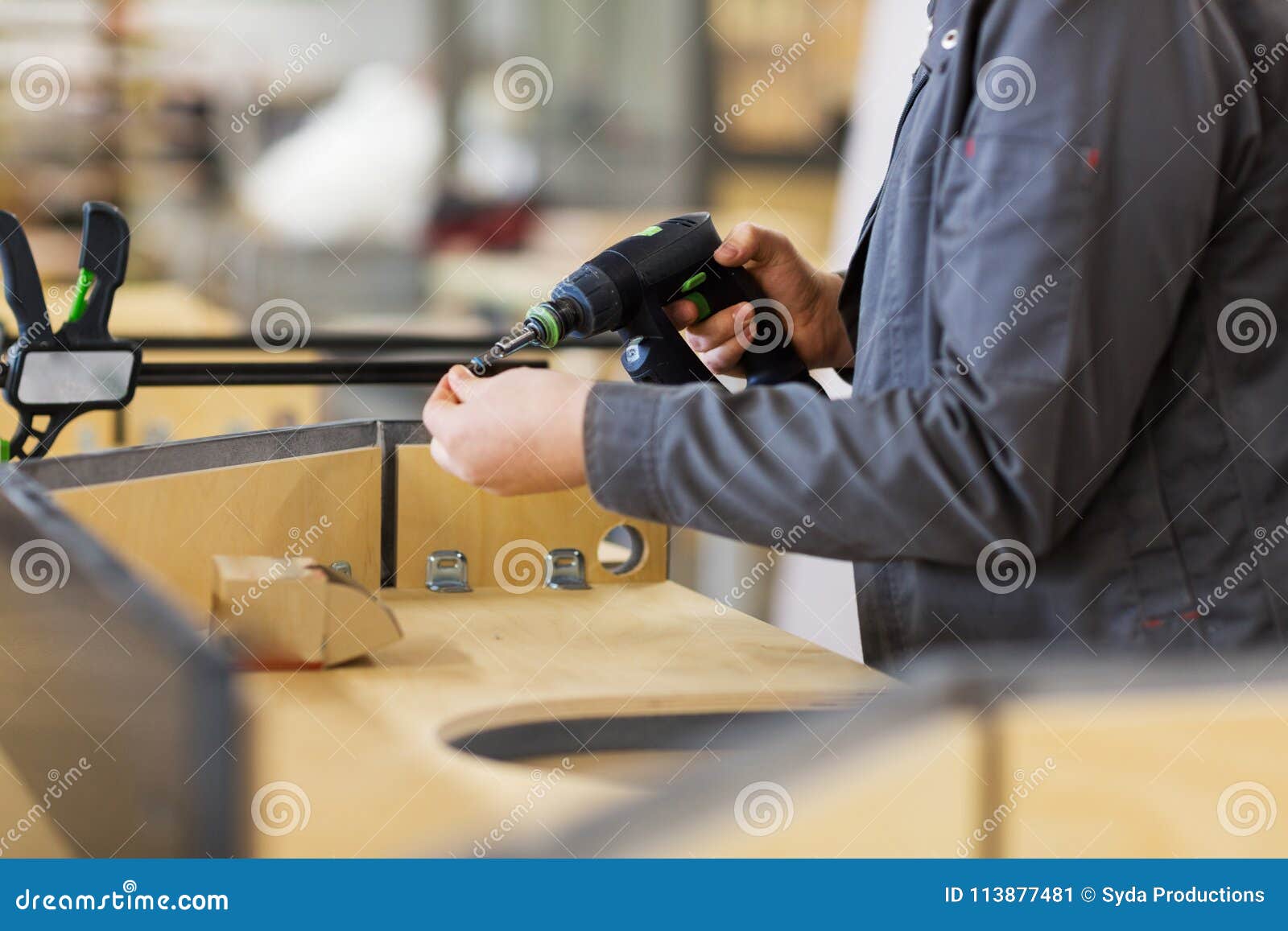

- #Time lapse assembler stopped working how to#
- #Time lapse assembler stopped working manual#
- #Time lapse assembler stopped working full#
Unfortunately neither the freeware Time Lapse Assembler app nor iMovie can do any deflickering. Optional, I sometimes import the video into iMovie to do more editing.Use Time Lapse Assembler to compile video from the JPEGs.
#Time lapse assembler stopped working how to#
So I've been researching how to deal with it. At any rate, let us just say that if you shoot time lapse you will most likely encounter flicker at some point.
#Time lapse assembler stopped working full#
Some cameras like those from Canon actually hold the Aperture full open so you can use liveview, then when you press the shutter it closes down the aperture to match your setting preference.
#Time lapse assembler stopped working manual#
However, even in full Manual mode cameras occasionally change the images through mechanical errors, inconsistencies, or simply by messing with the apertures during the shoot. If you shoot in Aperture mode you will probably have a lot of flicker if the lighting changes significantly, so many or most of us always use full Manual mode. Flicker can occur regardless of your camera make. You can reduce the likelihood of these inconsistencies by choosing as low an f-number as possible for your sequence.Using a DSLR or mirrorless camera to create time lapse videos can result in that nasty, unwanted effect called flicker. This is caused by minute inconsistencies in the aperture size in each exposure, and can occur even when you are using the exact same f-number in each shot. Another potential hazard is known as aperture flicker. The longer your exposure, the more risk you run of flicker – that is, fluctuations of light between exposures – spoiling your shots. If you’re shooting the progress of crawling kudzu, give it one or two minutes of exposure. As a rule, try to match your exposure time to the subject: slow moving natural phenomena require a slightly longer exposure, while rapidly moving subjects can be captured with one or two seconds. Keep the interval of time between shots consistent, or your sequence will appear jumpy and choppy. Your f-number, shutter speed and white balance should all be manually set by you, the artist. Once recorded, this process can be repeated automatically a huge time-saver.īe sure to select manual settings on your camera in order to avoid inconsistencies between exposures, or flicker.

Use Actions to record all the commands used during photo editing. Both Windows and Mac users also have several software options, depending on the type of camera. Some cameras have built-in intervalometers, but if yours doesn’t, external ones are available for less than $150. Extra-long exposures can provide interesting effects in a time-lapse sequence, like streaks of light created by passing cars. An intervalometer can also allow you to take long exposures, up to several hours. In addition to being tedious, taking each frame manually is almost impossible to do at perfectly consistent intervals without mechanical or electronic help, and as a result, your sequence will be jumpy and choppy. If you are shooting without one, you will have to manually trigger each exposure at specific points in time. An intervalometer, or interval timer, as the name suggests, is a device programmed to set off the camera shutter at specific intervals of time. A DSLR with an intervalometer will save you a lot of headache. Having chosen a camera, the next thing that needs to be taken into account is shooting at set intervals.


 0 kommentar(er)
0 kommentar(er)
